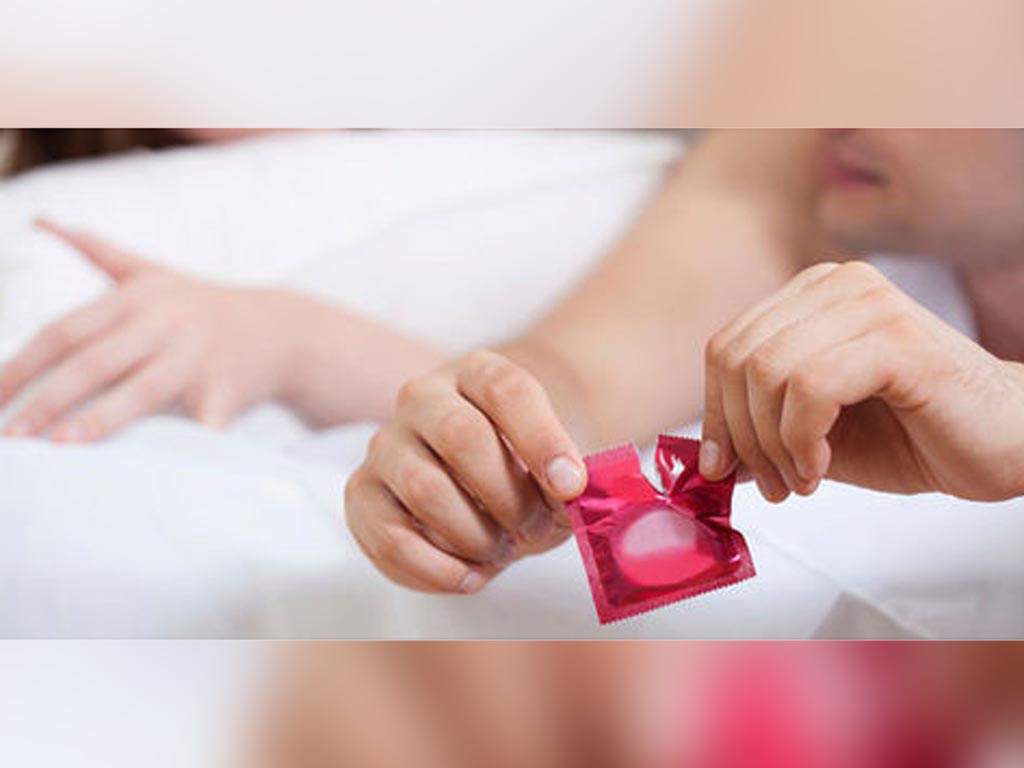
As with most sexually transmitted diseases, the risk of infection can be reduced significantly by the correct use of condoms and can be removed almost entirely by limiting sexual activities to a mutually monogamous relationship with an uninfected person.

New York by Ed Hosseinipour, Specialty Pharmacist Gonorrhea, is a sexually transmitted infection (STI) caused by the bacterium Neisseria gonorrhoeae.] Many people have no symptoms.] Men may have burning with urination, discharge from the penis, or testicular pain.[1] Women may have burning with urination, vaginal discharge, vaginal bleeding between periods, or pelvic pain.
Complications in women include pelvic inflammatory disease and in men include inflammation of the epididymis.[1] If untreated, gonorrhea can spread to joints or heart valves
Gonorrhea is spread through sexual contact with an infected person. This includes oral, anal, and vaginal sex. It can also spread from a mother to a child during birth. Diagnosis is by testing the urine, urethra in males, or cervix in females.
Testing all women who are sexually active and less than 25 years of age each year as well as those with new sexual partners is recommended, the same recommendation applies in men who have sex with men (MSM)
Gonorrhea can be prevented with the use of condoms, having sex with only one person who is uninfected, and by not having sex Treatment is usually with ceftriaxone by injection and azithromycin by mouth
The incubation period is 2 to 14 days, with most symptoms appearing between 4 and 6 days after infection.

How its Spread
The infection is usually spread from one person to another through vaginal, oral, or anal sex Men have a 20% risk of getting the infection from a single act of vaginal intercourse with an infected woman.
The risk for men that have sex with men (MSM) is higher. Active MSM may get a penile infection, while passive MSM may get anorectal gonorrhea.
Women have a 60–80% risk of getting the infection from a single act of vaginal intercourse with an infected man. A pregnant women can pass on the infection to her unborn infants.
Testing:All people testing positive for gonorrhea should be tested for other sexually transmitted diseases such as chlamydia, syphilis, and human immunodeficiency virus. Studies have found co-infection with chlamydia ranging from 46 to 54% in young people with gonorrhea. For this reason, gonorrhea and chlamydia testing are often combined
People diagnosed with gonorrhea infection have a fivefold increase risk of HIV transmission Additionally, infected persons who are HIV positive are more likely to shed and transmit HIV to uninfected partners during an episode of gonorrhea

Transmission and Prevention
As with most sexually transmitted diseases, the risk of infection can be reduced significantly by the correct use of condoms and can be removed almost entirely by limiting sexual activities to a mutually monogamous relationship with an uninfected person.
Those previously infected are encouraged to return for follow up care to make sure that the infection has been eliminated. In addition to the use of phone contact, the use of email and text messaging have been found to improve the re-testing for infection.

Newborn babies coming through the birth canal are given erythromycin ointment in the eyes to prevent blindness from infection. The underlying gonorrhea should be treated; if this is done then usually a good prognosis will follow
A mother may transmit gonorrhea to her newborn during childbirth; when affecting the infant’s eyes, it is referred to as ophthalmia neonatorum. It may be able to spread through the objects contaminated with body fluid from an infected person. the bacteria typically does not survive long outside the body, typically dying within minutes to hours
Treatment:
As of 2010, injectable ceftriaxone is one of the few effective antibiotics This is typically given in combination with either azithromycin or doxycycline As of 2015 and 2016 the CDC and WHO only recommends both ceftriaxone and azithromycin Because of increasing rates of antibiotic resistance local susceptibility patterns must be taken into account when deciding on treatment.

Recommendations
It is recommended that sexual partners be tested and potentially treated One option for treating sexual partners of people infected is patient-delivered partner therapy (PDPT), which involves providing prescriptions or medications to the person to take to his/her partner without the health care provider’s first examining him/her. There is always a specific recommendation for each individual which is fit to the needs of the patient, this is why you should contact a specialty pharmacist at Baron when in doubt.
Our professional staff at Baron Specialty Pharmacy are available to provide free consultation for the public. The corner stone of our business is to help patients with special needs, this is what we have been trained for and find it our responsibility to inform you in any health-related subject you may need help in.[ENG]
